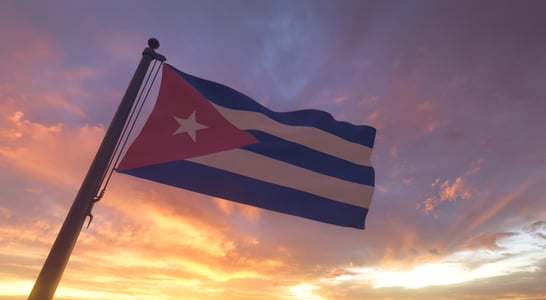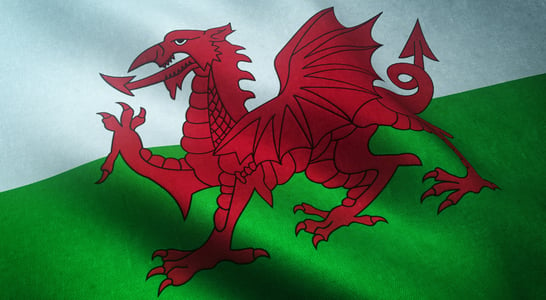
St. Andrew’s Day
Celebrated for his kindness and valor, the patron saint of Scotland's legacy lives on through the Scottish flag and the country's traditions.
A national holiday in Scotland that is celebrated on November 30th, St. Andrew’s Day is the feast day of Saint Andrew, who was one of Jesus’s apostles and is the patron saint of Scotland.
St. Andrew’s Day is an opportunity for people in Scotland to celebrate their heritage and culture, and it is marked with various cultural and social events. Some people also observe St. Andrew’s Day by attending church services or by joining in community activities.
History of St. Andrew’s Day
Saint Andrew, also known as Andrew the Apostle, was one of the twelve apostles of Jesus and the brother of Peter. According to the New Testament, Andrew was a fisherman from Bethsaida, a town on the Sea of Galilee, and he was called to be a disciple of Jesus along with his brother Peter. After Jesus’ death and resurrection, Andrew became a missionary and traveled throughout modern-day Turkey, Greece, and Russia, spreading the teachings of Jesus and establishing Christian communities.
Andrew is revered as a saint in many Christian traditions, and he is particularly important in the Eastern Orthodox Church, where he is considered the first-called apostle. He is also the patron saint of Scotland, and his flag, the Saltire, is the national flag of Scotland. Andrew is remembered for his missionary work and his role in spreading the Gospel, and his feast day, St. Andrew’s Day is observed on November 30th.
St. Andrew’s Day has been celebrated in Scotland for many centuries. According to tradition, Andrew was chosen as Scotland’s patron saint because he was believed to have brought Christianity to the country in the first century AD. Surprisingly, the earliest recorded celebration of St. Andrew’s Day is thought to have taken place in 1729, South Carolina, U.S., where a small group of wealthy Scottish ex-pats established the St. Andrew’s Society to observe the anniversary of his crucifixion.
Over time, St. Andrew’s Day came to be seen as a symbol of Scotland’s national identity and independence, and it was celebrated as a way to honor the country’s traditions. Today, St. Andrew’s Day is a public holiday in Scotland, and is also celebrated by people of Scottish descent around the world.
How to Celebrate St. Andrew’s Day
Some people celebrate St. Andrew’s Day by going to church or taking part in activities, such as charitable events or fundraisers. Others mark the occasion by enjoying Scottish food and drink, such as haggis, whisky, and shortbread, or by wearing traditional Scottish attire, like kilts or tartan fabric.
Many people in Scotland also celebrate St. Andrew’s Day by participating in social events, such as parades, concerts, and dances. These events often feature traditional Scottish music, such as bagpipes and ceilidhs, and they are often held in public squares, town halls, or other community venues. Some people choose to celebrate by decorating their homes or workplaces with the flag of Scotland, the Saltire, which features a white X-shaped cross on a blue background.
Also on ...
View all holidaysNational Computer Security Day
From using strong passwords to avoiding phishing scams, take measures to secure your devices and personal information.
National Mason Jar Day
Capture the summer with these versatile glass jars that can store anything from pickles to cocktails, adding rustic charm to any occasion.
National Mousse Day
With its light, fluffy texture and delectable taste, mousse is the dessert of champions — perfect for any occasion!
We think you may also like...
Christmas Day
Jingle all the way! Deck the halls with boughs of holly, indulge in delicious treats, and make unforgettable memories with loved ones.
Triumph of the Revolution
In 1959, a group of rebels overthrew the Cuban government, sparking a revolution that would transform the country.
St. David’s Day
Embracing traditions with daffodils and lively festivities — a celebration weaving Welsh culture into joyous community gatherings.








